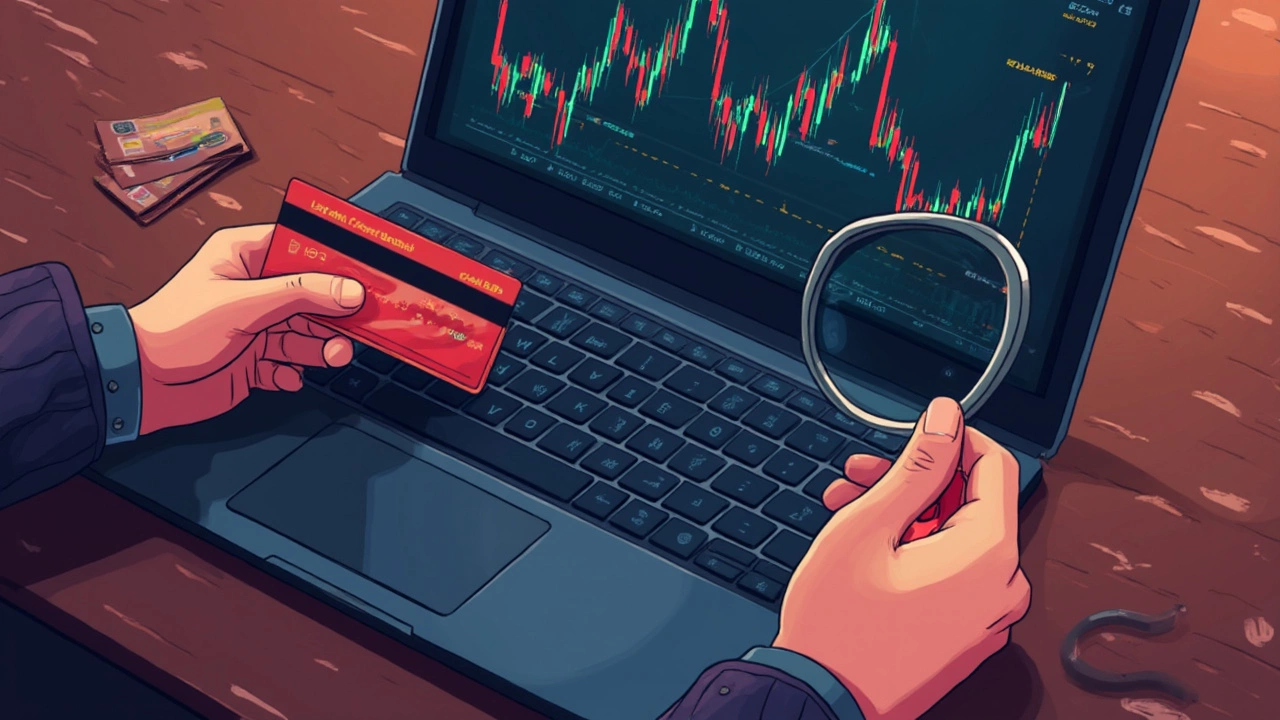Crypto Theft – Spot It, Stop It, Get It Back
If you own Bitcoin, Ethereum, or any other token, the chance of losing it to a thief is real. Unlike a bank account, crypto lives in a digital wallet that you control. That means you also control the security. When a hacker gets in, the money can disappear in seconds. The good news is that most thefts follow predictable patterns, and you can block them before they happen.
Common Ways Crypto Gets Stolen
Phishing emails are the most popular tool for thieves. They send a fake login page that looks exactly like your exchange. When you type your password, the thief harvests it and logs in as you. Another hot method is “rainbow tables” or brute‑force attacks on weak passwords. If you reuse a simple password across sites, a hacker can crack it in minutes.
Malware on your computer or phone is another danger. A trojan can record your keystrokes or even replace your clipboard contents. You think you’re copying your wallet address, but the malware swaps it for the attacker’s address. The result is a clean transfer of your funds.
Social engineering shows up in “friend scams” too. A thief pretends to be a fellow trader on a chat group, asks for a small test payment, and then asks for a larger one. The initial payment builds trust, and the bigger payment disappears.
Finally, poorly secured smart contracts and DeFi platforms can be exploited. Bugs in code let hackers drain pools of tokens in a single transaction. Even reputable platforms have had breaches, so never leave large amounts in one place.
Steps to Protect and Recover
Start with a strong, unique password for every exchange and wallet. Use a password manager if you need help remembering them. Enable two‑factor authentication (2FA) with an authenticator app—SMS codes are easier to hijack.
Keep the bulk of your crypto in a hardware wallet. These devices store your private keys offline, making them immune to phishing and malware. Only move funds to an exchange when you need to trade, then move them back.
Regularly back up your seed phrase on paper or a metal sheet. Store the backup in a safe place, separate from your device. If your phone is stolen, the backup lets you restore your wallet without the thief.
Watch for unusual activity. Many exchanges let you set withdrawal limits and email alerts. If a large withdrawal is attempted, you’ll get a warning and can cancel it.
If you suspect theft, act fast. Freeze the compromised accounts, change passwords, and contact the exchange’s support team. Provide them with transaction IDs; some platforms can flag the addresses and stop further moves.
Report the incident to law enforcement and to your local cybercrime unit. While crypto is hard to trace, sharing the details can help investigators track the thief’s wallet hops.
Use blockchain explorers to see where the stolen coins went. If they land on a known exchange, the exchange may freeze the funds if they act quickly. Services like Chainalysis or free tools on Etherscan can help you map the flow.
Finally, learn from the experience. Review what went wrong, tighten your security, and keep your knowledge up‑to‑date. Crypto theft is a real risk, but a few simple habits can keep your digital money safe and make recovery possible if the worst happens.

Recent blockchain analysis exposes North Korea's Lazarus Group's involvement in tying two major crypto thefts - the $1.4 billion Bybit hack and the $29 million Phemex exploit - to a single consolidated hacker wallet. This revelation underscores the group's persistent threat to global crypto security.
Continue Reading





